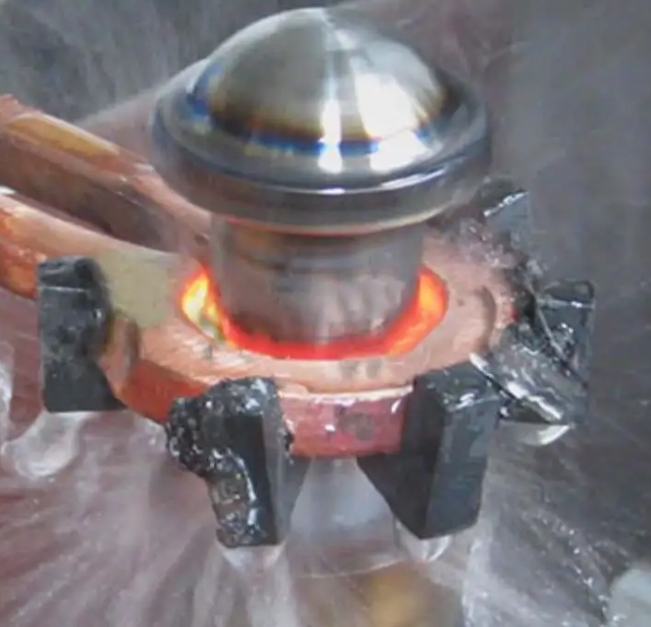- 23
- May
Quenching temperature introduction
Quenching temperature introduction
The quenching temperature is mainly determined according to the transformation point of the steel. The quenching heating temperature of hypoeutectoid steel is generally AC3 (30-50), and hypereutectoid steel is AC1 (30-50). The reason for this determination is that for hypoeutectoid steel, if the heating temperature is lower than Ac3, the heating state is composed of austenite and ferrite, and ferrite is retained after quenching and cooling, so that the hardness of the part after quenching is not uniform, and the strength and Hardness decreases. The purpose of 30-50 higher than the Ac3 point is to ensure that the workpiece core reaches the temperature above the Ac3 point within the specified heating time, the ferrite can be completely dissolved in the austenite, the austenite composition is relatively uniform, and the austenite grains are not. thick. For hypereutectoid steel, when the quenching heating temperature is between AC1 and AC3, the heating state is fine austenite grains and undissolved carbides, and cryptocrystalline martensite and uniformly distributed spherical carbon are obtained after quenching. This structure not only has high strength, high hardness, high wear resistance, but also has good toughness. If the quenching heating temperature is too high, carbides will dissolve, austenite grains will grow, and flaky martensite (twin martensite) will be obtained after quenching, and its microcracks, brittleness and quenching cracking tendency will also increase. Due to the dissolution of carbides, the carbon content in austenite increases, the amount of retained austenite after quenching increases, and the hardness and wear resistance of the steel decrease. The purpose of 30-50 higher than Ac1 is similar to that of hypoeutectoid steel, which is to ensure that the temperature of all parts in the workpiece is higher than that of Ac1.

